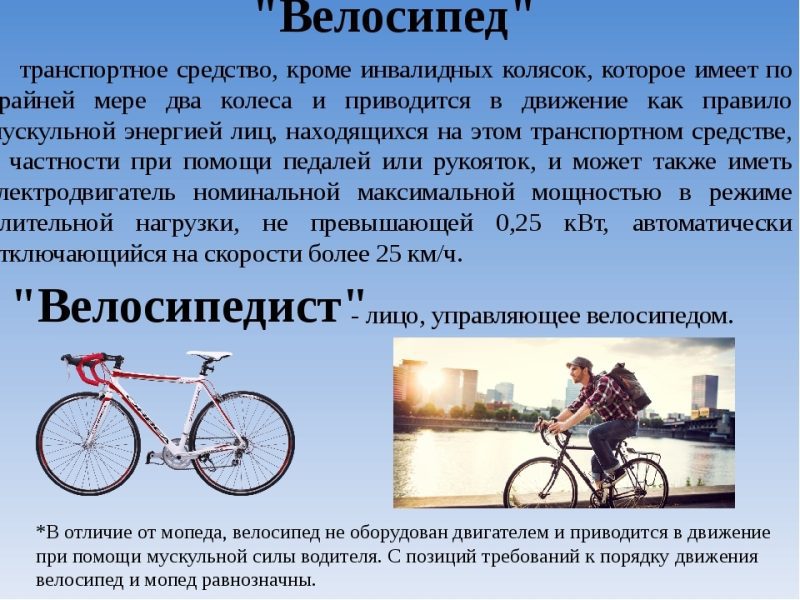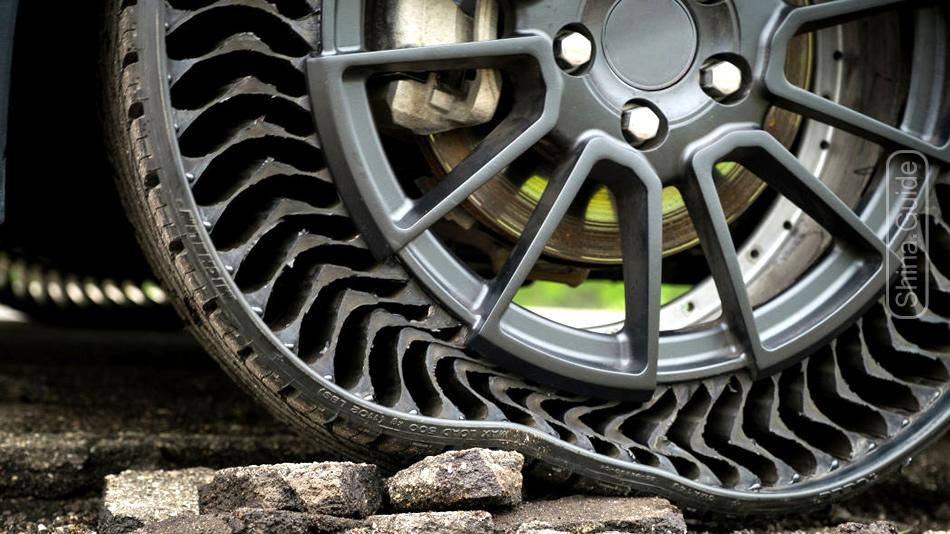
The new generation of Michelin tires.
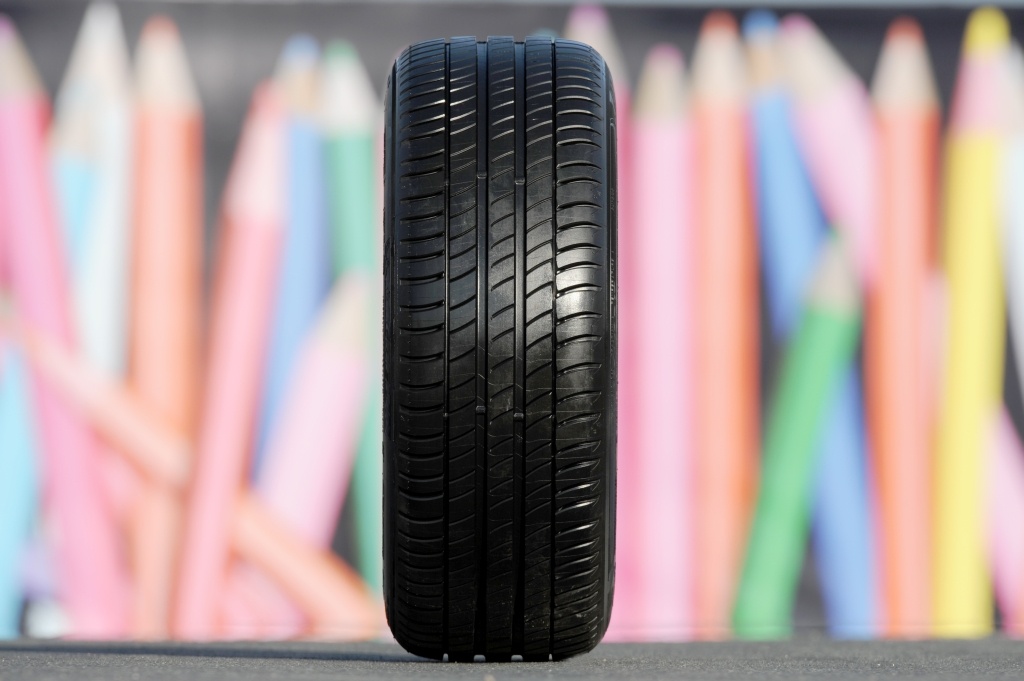 At the end of 2011, the Michelin tire concern held a European presentation of a new generation of summer tires, which will go on sale only in February 2012. The priority in the design of the new tire is driving safety and, of course, environmental friendliness. ecology, and all this at a price that does not differ from the tires of the previous generation.
At the end of 2011, the Michelin tire concern held a European presentation of a new generation of summer tires, which will go on sale only in February 2012. The priority in the design of the new tire is driving safety and, of course, environmental friendliness. ecology, and all this at a price that does not differ from the tires of the previous generation.
The tire marked Primacy 3 will replace the very popular and well-known. 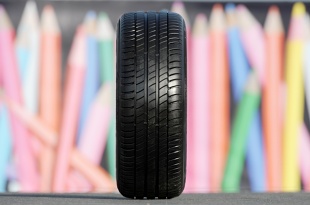 the product is the Primacy HP tire. The Primacy tire series is arguably the most important part of Michelin's summer passenger car offering, at least in terms of the number of sizes available and the needs of automakers and users.
the product is the Primacy HP tire. The Primacy tire series is arguably the most important part of Michelin's summer passenger car offering, at least in terms of the number of sizes available and the needs of automakers and users.
They are designed for medium and high-class passenger cars, ranging from family cars to cars with high engine power. Michelin Primacy - also designated Primacy 3 - is designed to satisfy the most demanding lovers of comfortable and dynamic driving.
However, the Primacy 3 is a special tire for at least two reasons. The tires are aimed at the mass market for the first time, and the manufacturer openly states that they were guided by statistical studies of traffic accidents in their development. It is obvious that every serious tire manufacturer offers solutions that are the best and, above all, the safest. However, tire design and intended performance are largely at odds, and in particular tread life can be at odds with traction, and wet grip can be at odds with rolling resistance, which is currently important (the lower the rolling resistance, the more difficult it is to get satisfactory results). grip on wet surfaces). Thus, this time, naturally compromising the properties of the new tires, the manufacturer used scientific research into the causes and course of car accidents in the most universal European conditions.
READ ALSO
Summer tires in winter?
What you need to know about winter tires
This is a study by the Department of Avariology at the University of Dresden, during which about 20 events were analyzed that took place in recent years within a radius of several tens of kilometers from Dresden. According to the researchers, the nature of road accidents accurately reflects the traffic situation in Europe. We can only hope that this has something to do with the "average" roads in Poland. However, the results were quite puzzling:
– 70% of real traffic accidents occur on dry roads. Only about half of them experience any kind of braking (i.e. the tire affects the course of the event)
– 60% of accidents occur in cities and at low speeds.
– 75% of accidents occur on a straight road (of which only 20% occur on a wet road).
– only 25% of accidents are cornering accidents (but as much as 50% are wet accidents). These accidents can be the most serious.
– 99% of crashes on wet surfaces are crashes with a small layer of water covering the road, but without hydroplaning.
So the output should have been:
– the resistance of tires to hydroplaning (so often raised until now, for example, in advertising) does not have a significant impact on driving safety, since this phenomenon does not occur in practice.
– In practice, stability and short braking distances on dry surfaces are the most important factors for safety.
- Also important is the braking distance and handling of the car on a wet (wet) surface.
 It is this knowledge that has been used to define the properties of the new Michelin Primacy 3 tire, which has been in development for the past three years, with prototypes driven about 20 million kilometers.
It is this knowledge that has been used to define the properties of the new Michelin Primacy 3 tire, which has been in development for the past three years, with prototypes driven about 20 million kilometers.
The second major reason the Primacy 3 is a specialty tire is that it is close to implementing a new European regulation requiring a tire manufacturer to test it and sell it with a sticker that informs about three main parameters: rolling resistance, wet braking distance and noise. level while driving. The ability to read and understand these stickers requires a separate material, but it is worth saying that Michelin was one of the main supporters of this regulation. What's more, Michelin states that these stickers, designed to help customers choose the right tires for them, should include information about the expected durability of the tires on offer, because it's the reconciliation of durability with traction that is difficult and defines quality. tires.
You can guess that the new Primacy 3 was designed in such a way as to show the best parameters in the three categories mentioned on stickers that will be valid in a year.
Unlike many of its competitors, the Primacy 3 tire has a fully symmetrical structure, which the company says is one of the trade-offs between cornering handling and straight-line stability and braking. The Primacy 3's tread pattern feels understated, while the channel-to-rubber surface area ratio indicates that drainage is not a top priority. However, the main attention was paid to the selection of tread compound components in such a way as to obtain the maximum possible grip on wet surfaces. The manufacturer emphasizes that, in principle, this is not about new material technologies, but about obtaining a particularly balanced behavior of tires in various conditions.
Transverse and longitudinal stiffness of the tread and tendency to wear 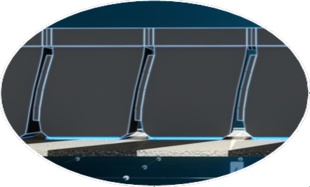 however, this depends on the resistance to deformity of the individual ankles. Here Michelin uses a new solution in the form of blocking individual tread blocks against each other, which is only possible with a minimum width of the channels separating them. Therefore, for this tire, the technology of manufacturing deep sipes (gaps in the tire material), a few tenths of a millimeter wide, turned out to be important. Michelin technicians say the new Primacy 3 performs almost exactly the same under load as it does under heavy wear, and its behavior in the wet also changes minimally.
however, this depends on the resistance to deformity of the individual ankles. Here Michelin uses a new solution in the form of blocking individual tread blocks against each other, which is only possible with a minimum width of the channels separating them. Therefore, for this tire, the technology of manufacturing deep sipes (gaps in the tire material), a few tenths of a millimeter wide, turned out to be important. Michelin technicians say the new Primacy 3 performs almost exactly the same under load as it does under heavy wear, and its behavior in the wet also changes minimally.
Independent comparative studies of the Primacy 3 and other premium tires are expected to show that its braking distance from 100 km/h to zero is 2,2 m shorter than four competitor tires, wet from 80 km/h and 1,5 m shorter. , on a wet corner at approximately 90 km/h, the average speed of the Primacy 3 should be approximately 3 km/h higher than the average speed of vehicles with competitor tires. On the other hand, the rolling resistance of the Primacy 3 (labeled "green" tire) must be so much lower than the rolling resistance of its competitors that it will save up to 45 liters of fuel per 000-70 km (average tire mileage).
Of course, it should be borne in mind that these results may vary depending on, for example, the size and profile of the tires tested. From market launch Promacy 3 will be available in 38 sizes with seat diameters ranging from 15 to 18 inches, profiles from 65 to 45%, and speed symbols H, V, W, and Y. Their new models.

